
We do NOT recommend this. Even if you’ve been riding for over a decade.
So, you’ve just arrived at the front doors of the driving school. You pause for a moment and think to yourself, “Well, this is it. The last time I’ll be here.” You enter and collect your brand new licence and as you step out into the world, you realise that you can now (legally) ride your motorcycle wherever you want, whenever you want. It’s a fantastic feeling, isn’t it? A new-found sense of freedom threatens to overwhelm your entire being as you begin to picture the various roads you’ll be carving up over the weekend.
The wind billowing around your torso as you ride, feeling at one with the machine as you lean into that corner and-Hold on! Wait a minute! While all that is fine and dandy, it’ll be worth your time to take a step back before you go tearing down that stretch of tarmac. Riding a motorcycle is fun, no doubt, but what new riders tend to forget is just how risky and dangerous it can be.
More so if one is unprepared and uninformed about the basics on how to properly handle and take preventative maintenance of one’s motorcycle. So, here are five habits that we strongly recommend new riders to pick up prior to exploring their own limits.
1. Look where you want to go.

As simple as it may sound, this piece of information could very well save your life and the lives of others around you. It’s as easy to follow as it is to comprehend, where your eyes are locked on to is where you are headed. Target fixation can be a common problem with new riders as some tend to focus too hard on a single car and/or obstacle. This, in turn, increases the risk of an accident as the rider won’t be able to take corrective measures should a pedestrian or vehicle stray into the path of said rider.
Don’t concentrate on a single object. Instead, constantly scan your surroundings and be sure to look through a corner and not down on the ground. Also, try your best to anticipate what other motorists are about to do – especially in Malaysia where indicators are almost always not in use.
2. Practise defensive riding.

At the risk of sounding overly dramatic, here is something to keep in mind. “Always ride like everyone on the road is trying to kill you.” Unfortunately for motorcyclists, drivers of cars aren’t always paying attention to their surroundings. You only need to notice the amount of drivers texting at the wheel of a car to know how real the threat is.
While a sideswipe between cars could mean a bad day, the same accident between a motorcycle and a car could spell the end of one’s riding days or worse. It’s just a fact that motorcyclists have to accept in that they have no control over how others drive. Also, do not linger in someone’s blind spot for long.
3. Adjust your mirrors BEFORE setting off.

Photo credits: www.complex.com
Now, this may be a bit of a no-brainer but you’d be surprised at how many motorcyclists lock down their side mirror positions when they first get their motorcycles and leave it for good. The difference is that between motorcycles and cars, you can actually make minute adjustments to your car’s side mirrors on the move – we wouldn’t exactly recommend doing that often, though. On a motorcycle at speed, it’s near impossible to adjust your side mirrors.
The case is especially true if you constantly park your motorcycle in a crowded spot. As other people go by, they may accidentally knock into your motorcycle’s side mirror and alter its original position. In this case, most riders won’t even notice it until they actually get moving and need to use their mirrors. So, just take a minute before riding off to glance at your side mirrors and make sure they are well adjusted.
4. Do a pre-ride inspection.

This guy does a pre-ride inspection. Most probably.
While this may sound similar to the point above, it’s not exactly necessary to do all of these every single time prior to a ride – if you do, more power to you! Drop by our office and coffee is on us! If not, just take 5 minutes every weekend or two to inspect the condition of the head as well as taillights along with the brake lights and high beam. Also, sound the horn once or twice to make sure it’s working. These components are crucial in making sure you are visible at night or in low visibility conditions.
The horn itself is just as important in letting other motorists know where you are on the road. Just don’t beep it every 3 seconds in anger, okay? Up next, have a look at your motorcycle’s chain – or in some cases, the belt. An improperly or haphazardly maintained chain could snap while you’re on the move. Depending on the severity, it could mean you’re either walking home or worst-case scenario, an accident.
When checking the chain, spin the rear wheel and pay attention to whether or not it moves freely. Have a close look at the links to see if it’s worn or cracked. Is the chain looking a little too tight or loose? A well-maintained chain should move freely and NOT be too tight or too loose. Don’t worry about the dirt and grease, it’s only natural that the chain gets coated in grime as you ride.
However, it shouldn’t be overly dirty to the point that it interferes with the movement. An extremely dirty chain can be a lot stiffer than a regularly maintained unit which will then result in choppy performance. A chain should be cleaned and oiled on a relatively regular basis depending on the owner’s riding pattern.

Photo credits: www.cloudmotorcycle.com
Naturally, if the chain is broken or has missing links, do NOT ride the motorcycle until you have replaced the chain. It’s more or less the same story with belt-driven motorcycles. Inspect the condition of the belt and if said belt has tears or frayed edges, it’s highly recommended to replace it before setting off.
Moving on, be sure to check for any oil leaks. If you notice a strange, wet mark on the floor of your garage or porch before setting off, take a closer look at the oily bits. Check the front forks to see if the fluids in said units are leaking out as a result of worn out seals. Should you notice engine oil or anything else seeping out, bring your motorcycle to a professional ASAP.
Last but not least, check your tyres and air pressure. No one, on both two and four wheels, should ever downplay the importance of proper tyre maintenance. After all, they are the only things connecting your vehicle to the road, right? Have a close look to see if any nails/screws or anything sharp and solid have embedded themselves within the tyre. A blowout while you’re riding could prove way more disastrous compared to a similar scenario in a car, what with two less wheels compared to the latter.
Finally, check the air pressure of your tyres at least once a month to ensure that they are in the optimal condition for providing the best performance in terms of fuel consumption and braking as well as acceleration. An improperly inflated tyre could not only make your ride more uncomfortable, it can also heighten the chance of an accident since your motorcycle will be a lot more difficult to handle.
5. Know your motorcycle’s MPG and fuel capacity.

Okay, this may seem pretty trivial but it’s particularly important if you plan to ride out of town or carve up some corners on relatively quiet roads over the weekend. If you use your motorcycle in the city 99% of the time, take it as just another way to show off how much you know about your bike!
Also, while most modern motorcycles come with a fuel gauge, there are certain models from certain manufacturers that do not. In today’s setting, it’s mostly an aesthetic decision and while we can’t judge said manufacturers based on that, we can at least advice owners of such bikes to find out just how far a full tank can get them. It certainly beats getting that slight sense of panic and dread when the low-fuel warning light comes on while you’re out on your Sunday ride, for sure.


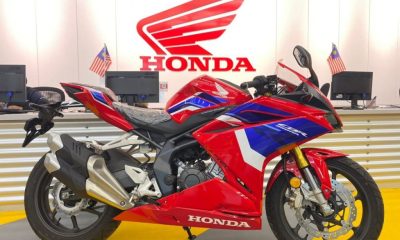
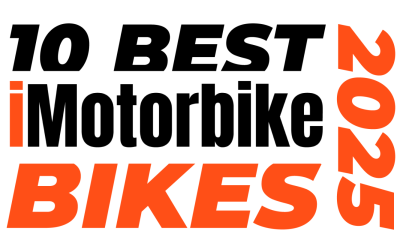




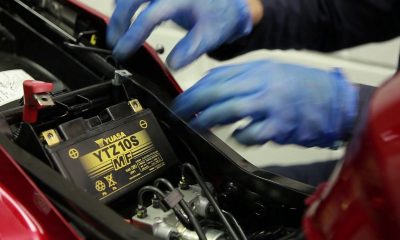
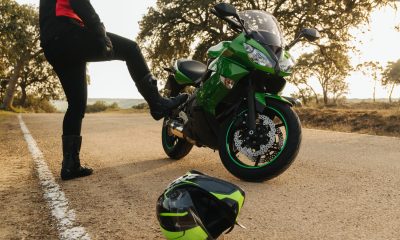




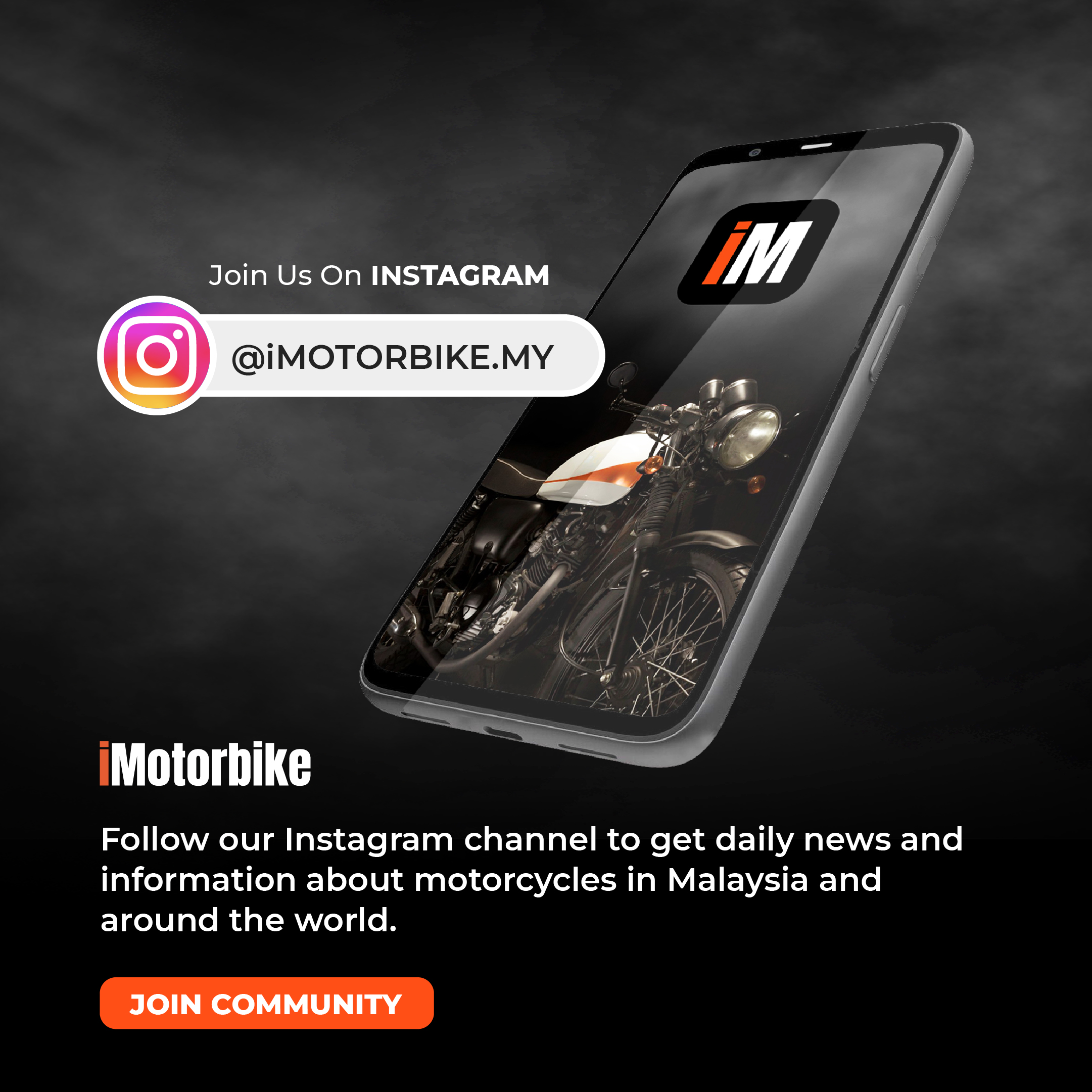










Facebook
Instagram
X (Twitter)
YouTube
LinkedIn
RSS